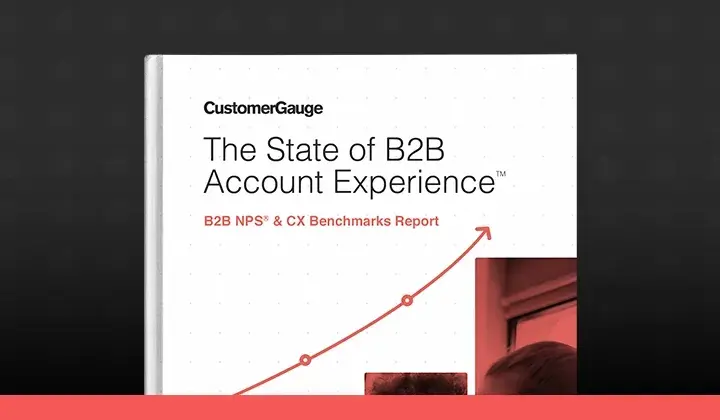Part 1: What is churn?
Churn, churn, churn. We hear this word constantly, but do we really know what churn means. As part of our three-part series on churn, we begin with the nuts and bolts: what really is churn? This article will follow as such:
- Two definitions of churn
- How to calculate your churn rate.
Two-ways of thinking about churn
Defining churn is essentially broken into two streams: customer churn and revenue churn. And although neither is wrong, it is important to know the distinction between the two, so that you may know which is best for your business.
Customer churn then, is the number of customers that leave your company’s service within say a month, quarter or year. So far this seems very straight forward, and a good means by which to measure company health. However, there is something missing in this story. It says nothing about the monetary loss that this equates to.
Take for example a company that in a year loses only 5 customers out of a total of 500. It would say of itself that losing only 5 customers in 500, across an entire year, is pretty good. But what if those customers were the 5 highest paying customers, what if those 5 customers alone made up 10, 20 or 30% of revenue. Looking at it in this light, we see that measuring loss in relation to number of customers, is not a good indicator for the health of a company.
Revenue churn then measures the monetary value that leaves your company within a set amount of time. But don’t be fooled into thinking that revenue churn is far more important to measure than customer churn, for the story raised above can be flipped on its head very easily.
One could measure revenue churn and discover the percentage to be low (<10%) and think they are safe, all the while oblivious to the fact that the number of customers churning is high (>30%) and while you may think ‘who cares’ about losing low-paying customers. The fact of the matter is that losing high percentages of customers, no matter their revenue input, is seriously detrimental to a businesses health. This will be elaborated on in part two of this series.
Calculating your churn
So how do you measure both customer churn and revenue churn rates. In the most simplistic sense it is the number of customers lost or monetary value lost by the end of a time period, divided by the total number of customers or revenue at the beginning of a time period.
(# of customers lost ÷ # starting customers) × 100 = customer churn rate
(# of revenue lost ÷ # starting revenue) × 100 = revenue churn rate
This is an explanation of churn in its most simplistic form, for churn can be calculated in a number of more complicated means. For example, if instead of merely factoring in the loss against the starting total, one was to factor in customers or revenue that were gained along the given time period, then calculating ones churn rate becomes much more complicated. However this will not be addressed here, for to understand churn, a basic understanding of how to calculate churn is all that is needed.
We now have an understanding of what is churn and how one can easily go about calculating it, part two of this series will expand upon why you must care about this number and how it is killing your company. Continue to part two

